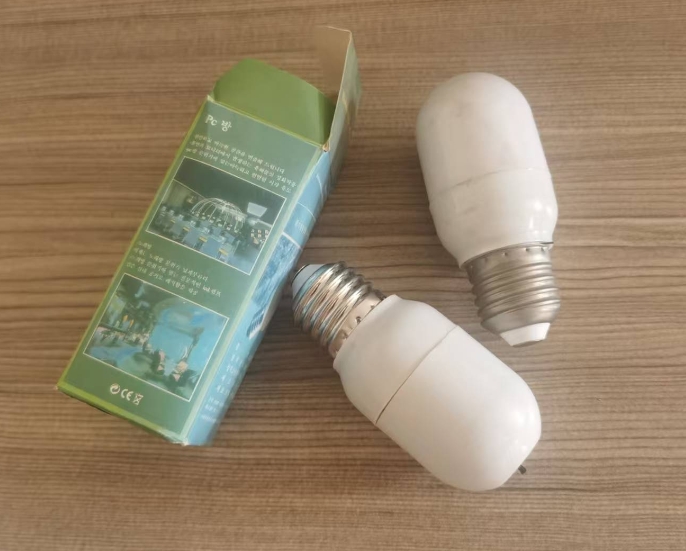
In today's industrial landscape, high-temperature environments are commonplace. From the fiery interiors of furnaces to the intense heat generated by advanced manufacturing processes, the need for materials that can withstand extreme temperatures is crucial. Heat-resistant materials play a vital role in ensuring safety and longevity in these challenging conditions.
Firstly, heat-resistant materials are designed with specific properties that enable them to endure high temperatures without degrading. These materials often have high melting points, which means they can maintain their structural integrity even when exposed to intense heat. For example, refractory ceramics and certain alloys can withstand temperatures well above the melting points of common metals.
One of the key ways heat-resistant materials ensure safety is by providing a barrier against heat transfer. In applications such as furnace linings or aerospace components, these materials prevent the excessive heat from reaching sensitive areas or causing damage to adjacent components. This not only protects personnel working in the vicinity but also safeguards the integrity of the overall system.
Moreover, heat-resistant materials are engineered to resist oxidation and corrosion at high temperatures. Oxidation can cause materials to weaken and deteriorate over time, reducing their effectiveness and potentially leading to failures. By incorporating elements that form stable oxides or having specialized coatings, heat-resistant materials can withstand the corrosive effects of high-temperature environments, prolonging their service life.
In addition to their physical properties, heat-resistant materials are also selected based on their compatibility with the specific application. Different industries and processes have unique requirements, and choosing the right heat-resistant material is essential for optimal performance and safety. For instance, in the nuclear industry, materials must be able to withstand both high temperatures and radiation, while in the automotive sector, heat-resistant materials need to be lightweight and cost-effective.
Furthermore, continuous research and development in the field of heat-resistant materials are leading to the creation of even more advanced solutions. Scientists and engineers are constantly exploring new materials and improving existing ones to meet the ever-increasing demands of high-temperature applications. This includes the development of nanomaterials with enhanced heat resistance properties and the optimization of manufacturing processes to produce more durable heat-resistant components.

